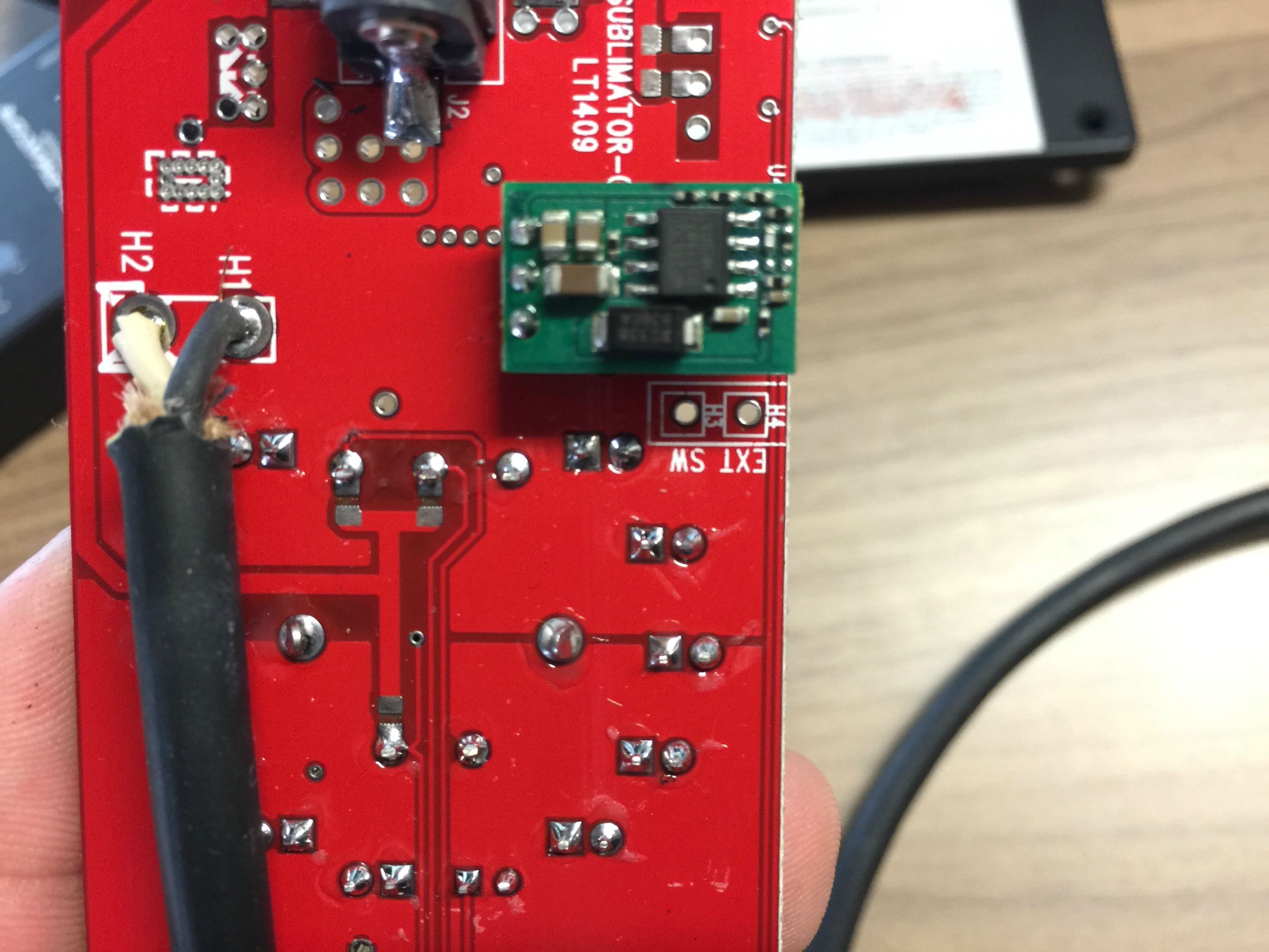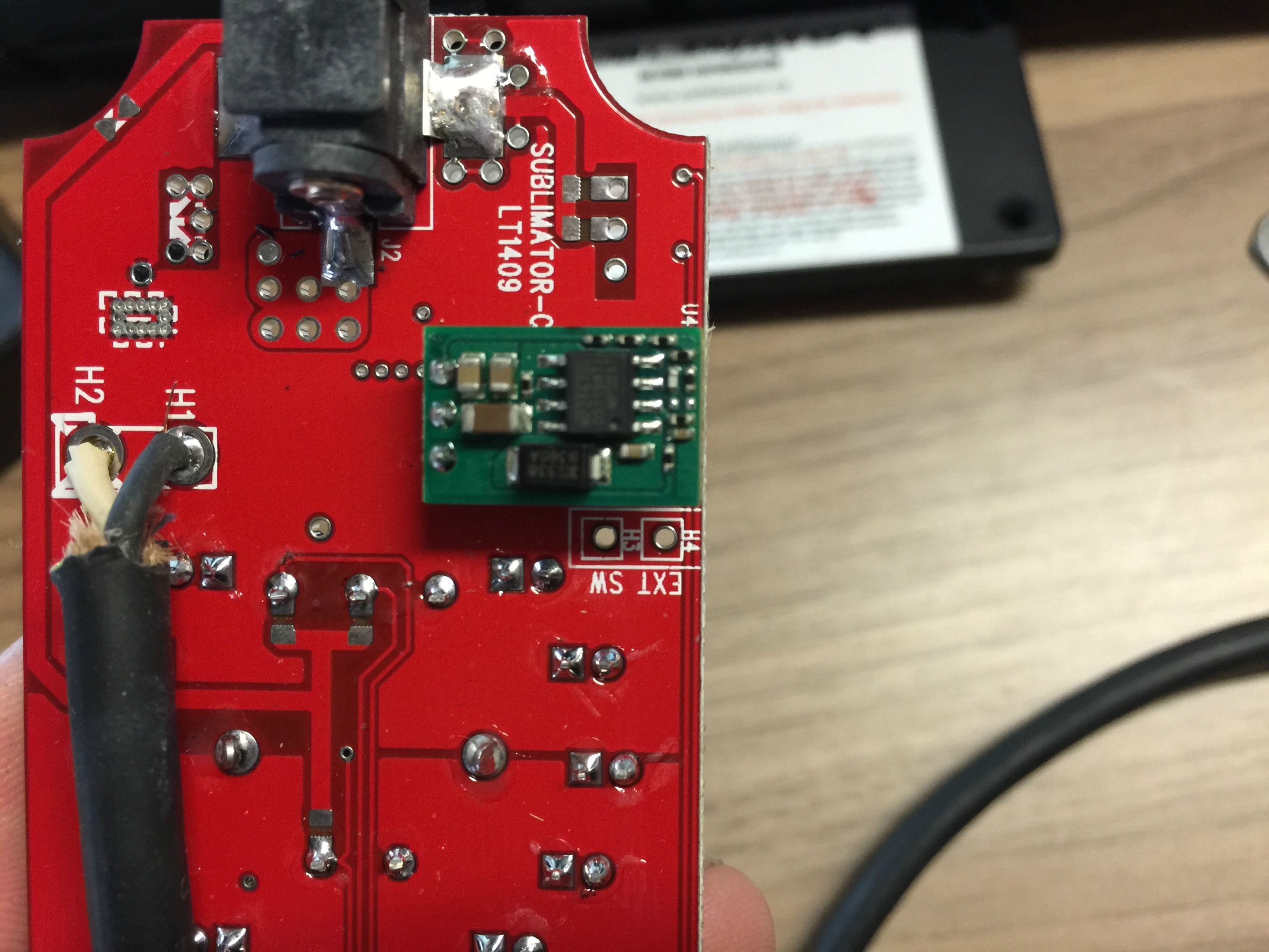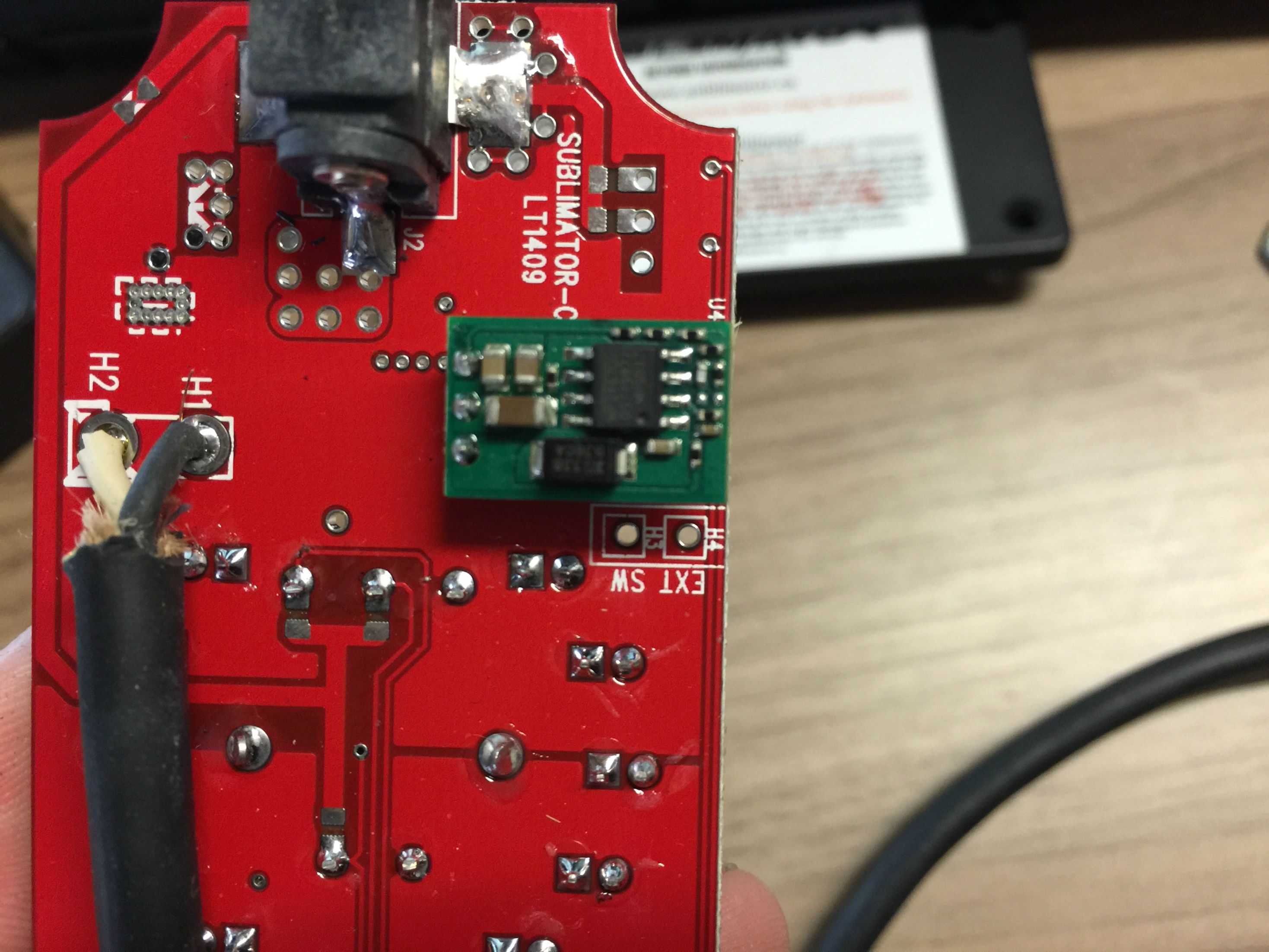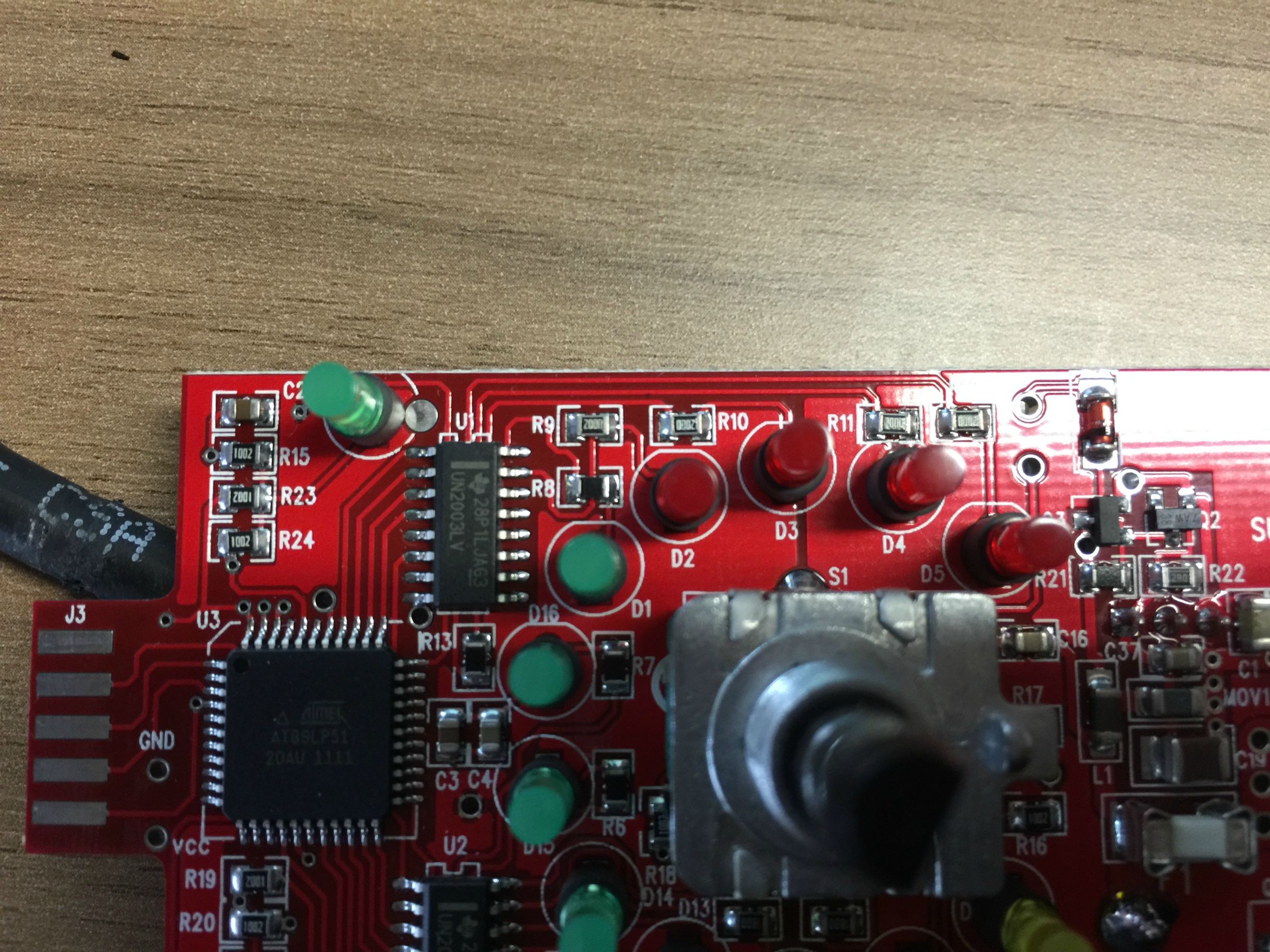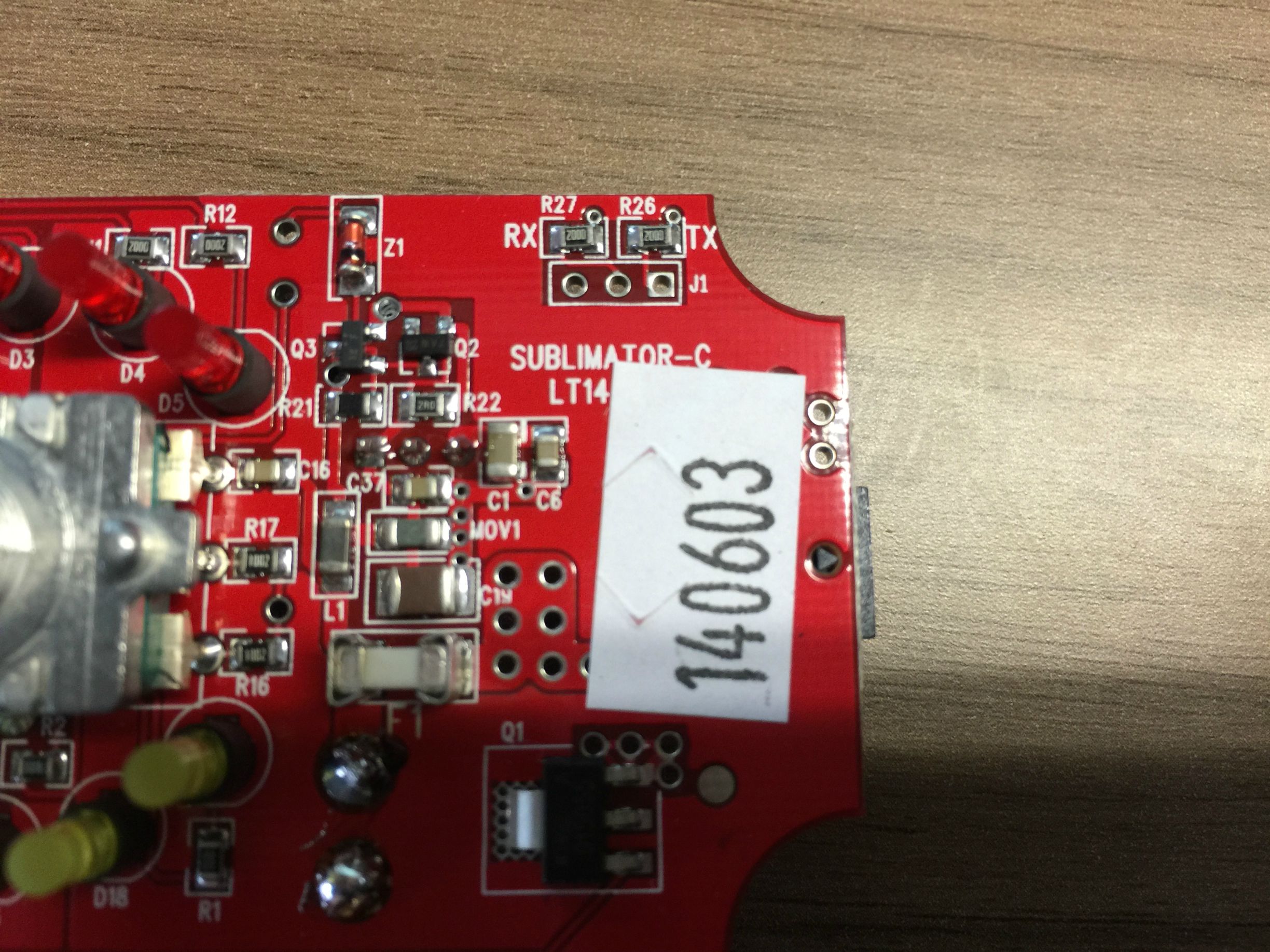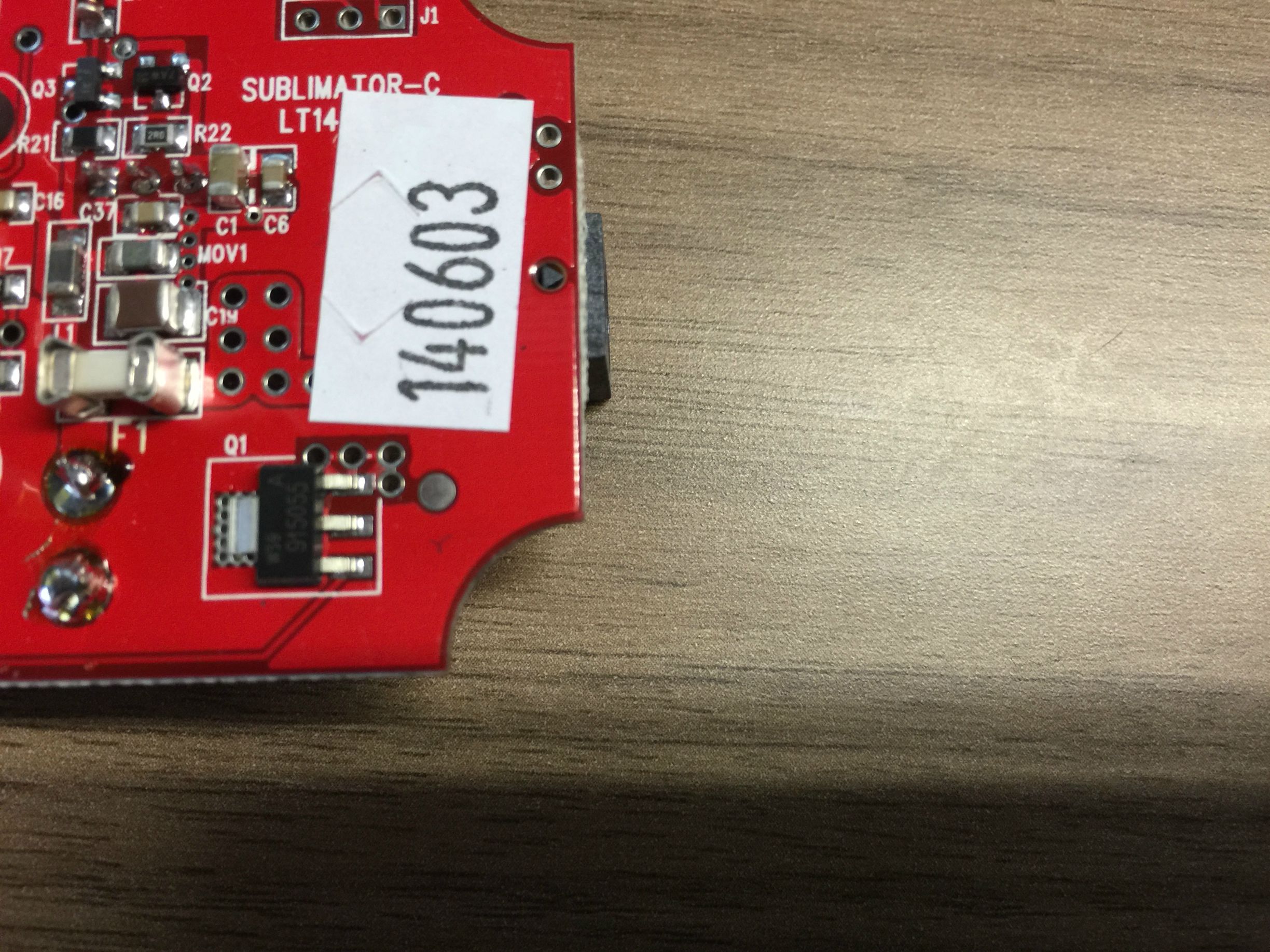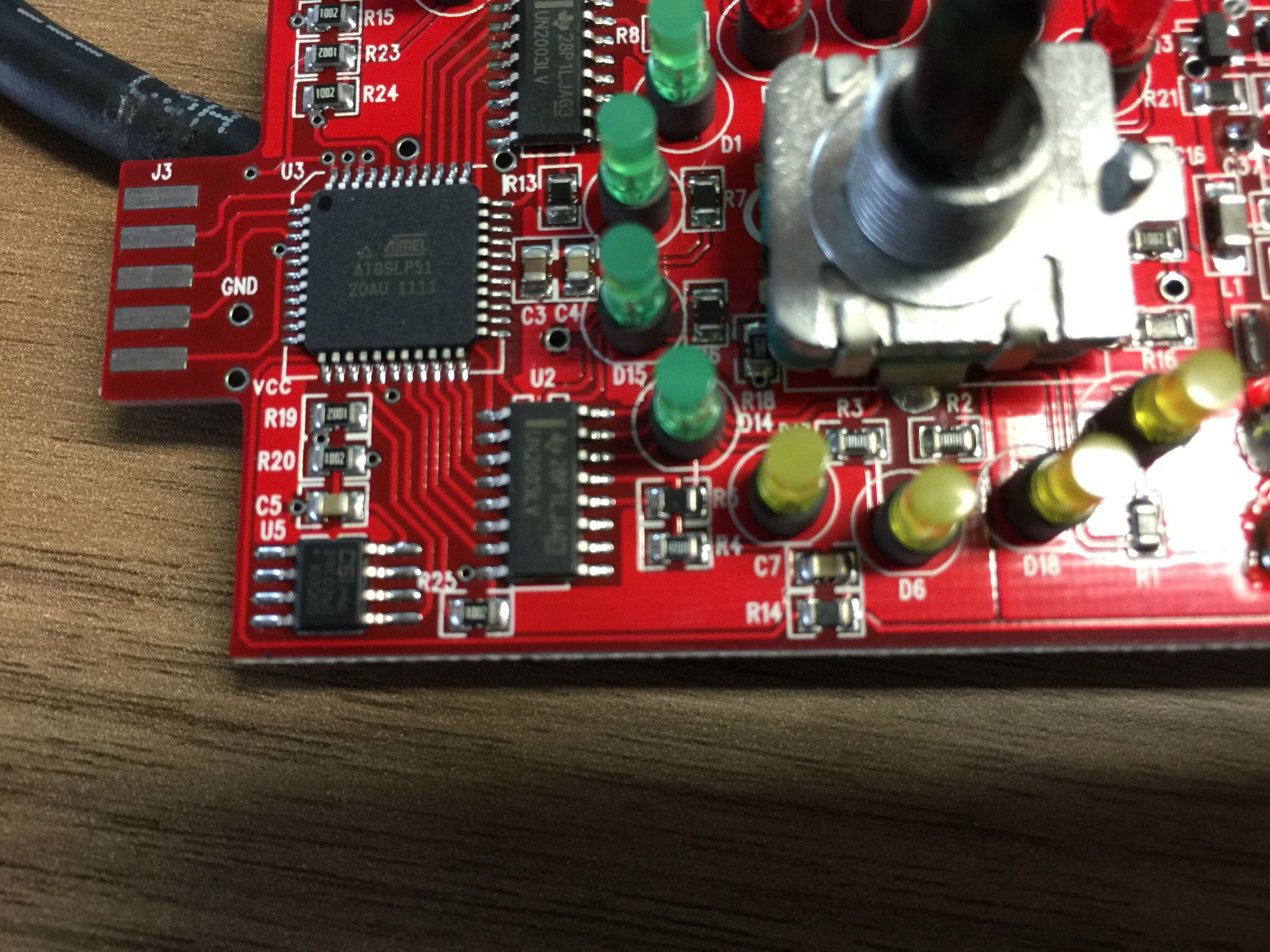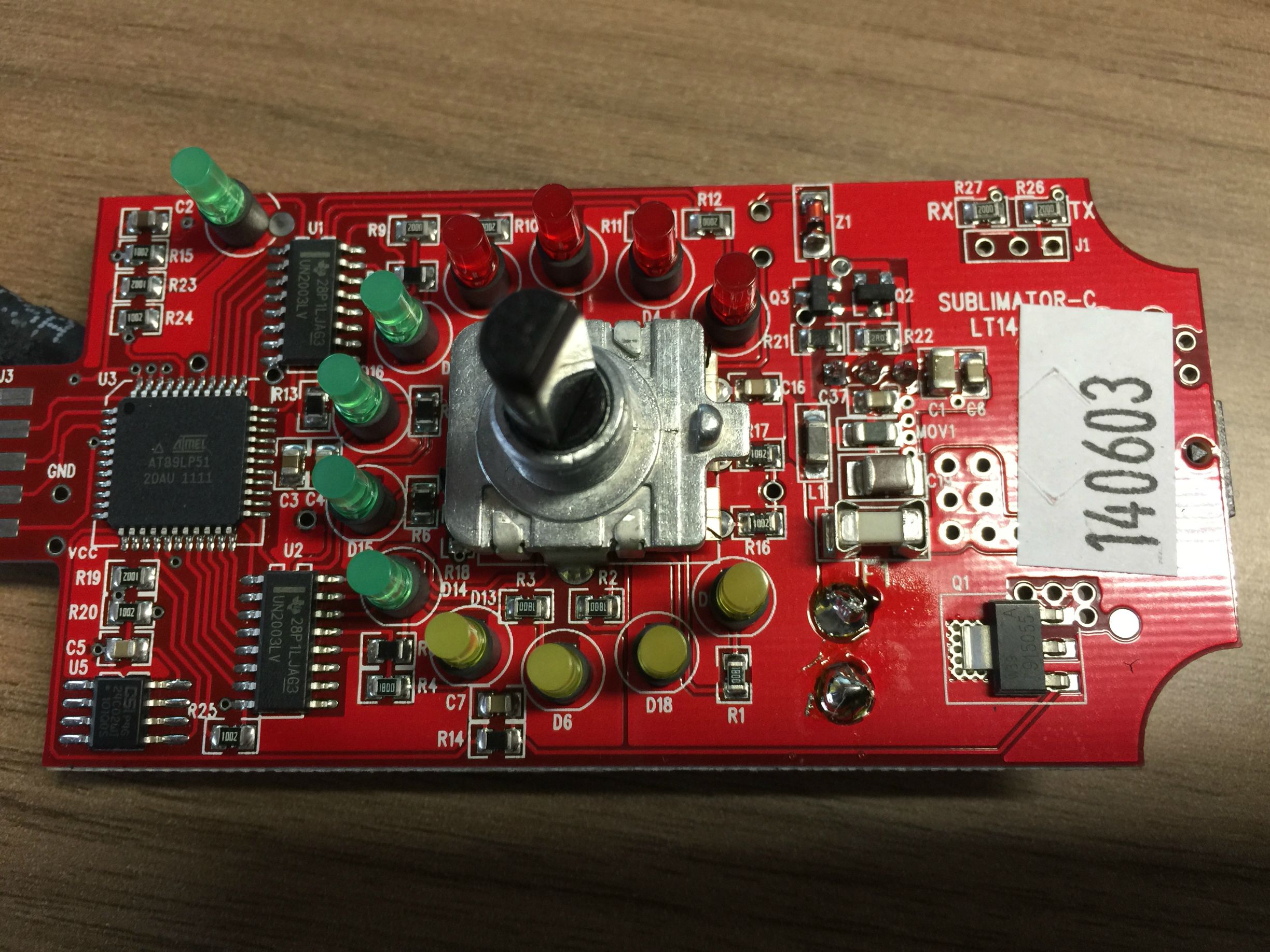In this episode of MJ man, enrico says that the monkey controller is still modable. He speaks about "hacking into the chip" and (unfortunately) how the newer controler will not even allow that. Anyone here tec savy enough to explain how that could be done?
All a person would need to do is open the controller box, find the main controller chip which obviously is not locked and then you dump this chips code. Now you need to read the code and find the value for the OFF timer and the value is likely 3600 seconds or 60 minutes multiplied by 60 seconds, you now change this value and save the code and upload it to the chip again and now you have a modified timer value.
**Note if you have no clue how to properly read chips and write them I would advice against doing this yourself.
As for Enrico's comments that the new controller code cannot be read...this is totally false and while it may not be easy even the real inventor knows that ANY chip can be read sooner or later by determined people, not everybody has a SEM or FIB in their toolkit but some do and they can read virtually any chip regardless if it has protection.
Firstly, brucee10, thank you so much man. Top notch pictures. Secondly, it seemed to me that what Enrico said in the MJ-man vid I posted implied that a software hack would suffice to circumvent the timer issue. I guess all that needs to be done is figure out what chip needs to be hacked, and then get someone who understands programming so this person can make a little program for us to do so ... Unfortunately I don't understand jack shit about that stuff, I wouldn't even know how you access a chip... hopefully someone does
Anybody can access the chip as its not locked and Enrico admitted that, all you need to do is desolder the chip from the board(carefully) and then read it out and once you have the code you need to modify the code that controls the timer and increase the timer value from 3600 seconds which is one hour to whatever value you want.
**I would suspect the chip that control everything is the Atmel, if someone had a controller that no longer works I am more than sure many hobbyists could easily remove the chips and read them with a suitable chip reader to find the one with the timer code, once you know that then the code could be modded to a higher timer value, remove the chip from a *new* unit and solder in the one you removed that you modded the code and wrote the new code to it, if it works then you have the solution.



